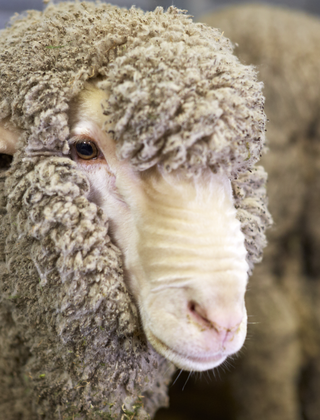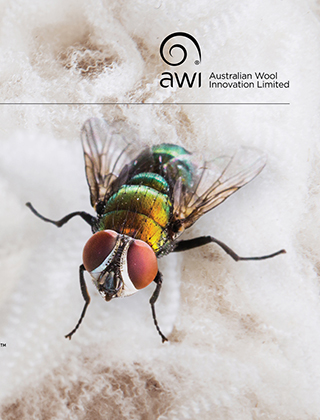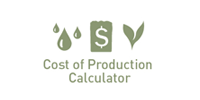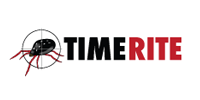Keeping on top of sheep diseases in your local area
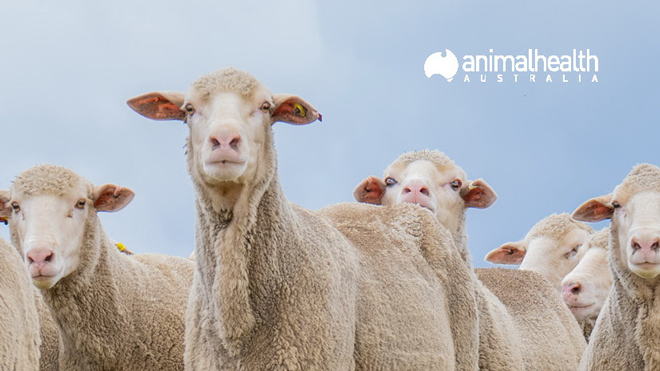
An annual sheep industry project that last year monitored nearly 12 million Australian sheep found only a low incidence of disease across the country. However, continued vigilance by sheep and wool producers will help ensure that this situation continues.
The National Sheep Health Monitoring Project (NSHMP) commenced in 2007 to monitor lines of sheep in abattoirs for animal health conditions that might reduce productivity in the sheep value chain or impact market access.
The results of the NSHMP allow producers to identify the animal health conditions most relevant to their local area, thereby enabling producers to adapt their management practices to address them. The NSHMP 2023–24 Annual Report provides an analysis of the data from the project for 14 monitored conditions and displays the percentage of sheep affected in each local government area. Producers can also access data specific to their own lines of sheep via Meat & Livestock Australia’s myFeedback.
Sheep monitored during the project in the 2023–24 year were sourced from all Australian states. Monitoring occurred in 10 abattoirs. Meat inspectors inspected nearly 12 million sheep including lambs (an increase of more than two million animals compared to the previous year) in 52,530 lines from 11,524 Property Identification Codes (PICs).
The analysis shows that there is a very low incidence of disease in inspected sheep – see Table 1 below.
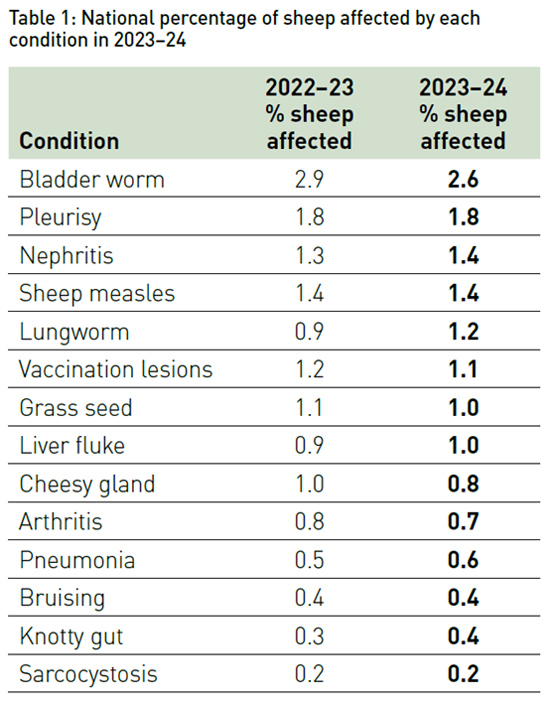
For each of the 14 health conditions, the NSHMP Annual Report provides details of:
- the number of sheep in Australia inspected and affected during the past three years
- the percentage of PICs inspected in each state that had at least one affected animal
- the percentage of animals inspected in each state that were affected
- a map showing the percentage of sheep affected in each local government area – see the example below, for bladder worm.
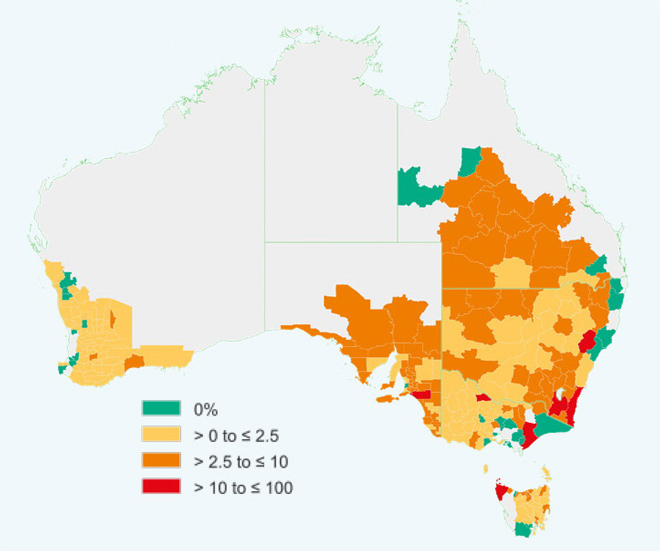
Figure 1: Percentage of sheep affected by bladder worm in each Local Government Area in 2023–24.
Note: Similar maps for the other 13 health conditions are provided in the NSHMP Annual Report.
There was monitoring for five other conditions but their prevalence was so low (<0.1%) that detailed analysis wasn’t included in the Annual Report.
The NSHMP is run by Animal Health Australia (AHA) with the support of sheep industry organisations Sheep Producers Australia and WoolProducers Australia.
AWI Program Manager, Animal Wellbeing and Industry Resilience, Carolina Diaz, who is a member of the NSHMP Steering Committee, says the project has generated comprehensive data that provides a good indication of the animal health status of the Australian flock.
“The report is useful for producers, animal health advisors and state departments of agriculture to track if there are any adverse health conditions emerging in their region so that they can fine tune their animal health programs and address the issues swiftly,” Carolina said.
“Governments, industry groups and processors also use this information to provide solid evidence to demonstrate that Australian sheep and wool producers are committed to exceptionally high standards of animal health and welfare.”
Bladder worm continues to be the top condition nationally with 2.6% of inspected animals affected, and was most common in South Australia, where 3.9% of inspected sheep had the condition. Although still at low levels, the other health conditions that recorded the most levels of incidence were pleurisy, nephritis and sheep measles.
“The incidence of cheesy gland has decreased from 2022–23. But woolgrowers in particular should look out for the disease in their sheep because it is associated with a decrease in wool production, wool contamination, and chronic infection causes ill thrift, emaciation and can affect reproductive performance,” Carolina added.
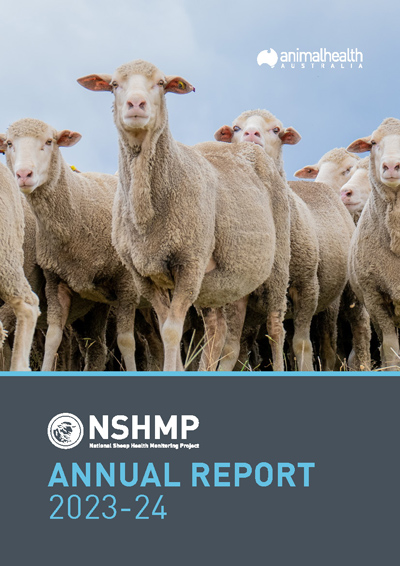
The NSHMP 2023–24 Annual Report, which was released in February, displays for each local government area the percentage of sheep affected by 14 monitored conditions.
More information: www.animalhealthaustralia.com.au/nshmp-annual-reports
This article appeared in the Winter 2025 edition of AWI’s Beyond the Bale magazine that was published in June 2025. Reproduction of the article is encouraged.






